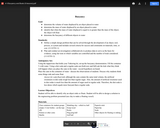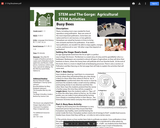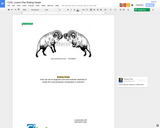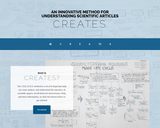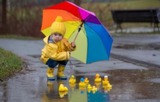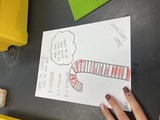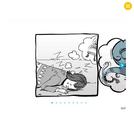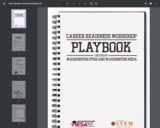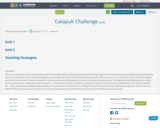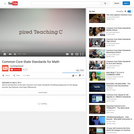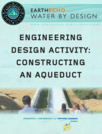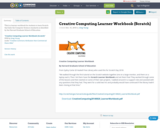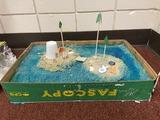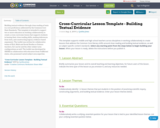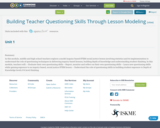
In this module, middle and high school teachers explore a model inquiry-based STEM social justice lesson involving statistics and its implementation to understand the role of questioning techniques in delivering inquiry-based lessons, building depth of knowledge and understanding student thinking. In this module, teachers will:
-- Evaluate their own questioning skills
-- Report, monitor and reflect on their own questioning skills
-- Learn new questioning skills while gaining exposure to an inquiry-based, social justice STEM lesson
-- Understand the role of questioning skills in building student exposure to Depth of Knowledge levels 3/4 level thinking
- Subject:
- Mathematics
- Material Type:
- Module
- Date Added:
- 10/15/2015
